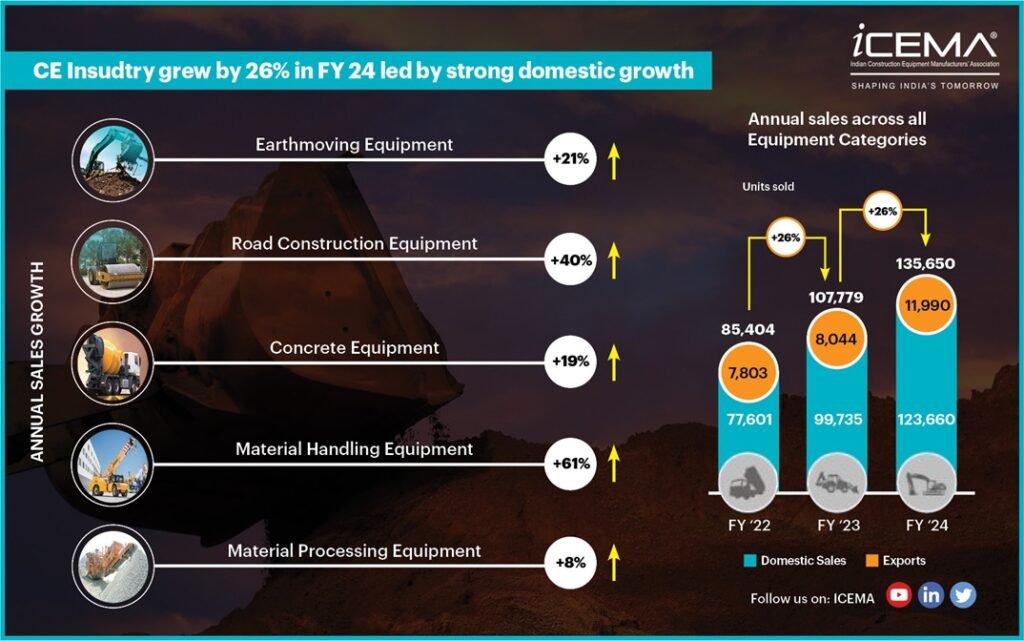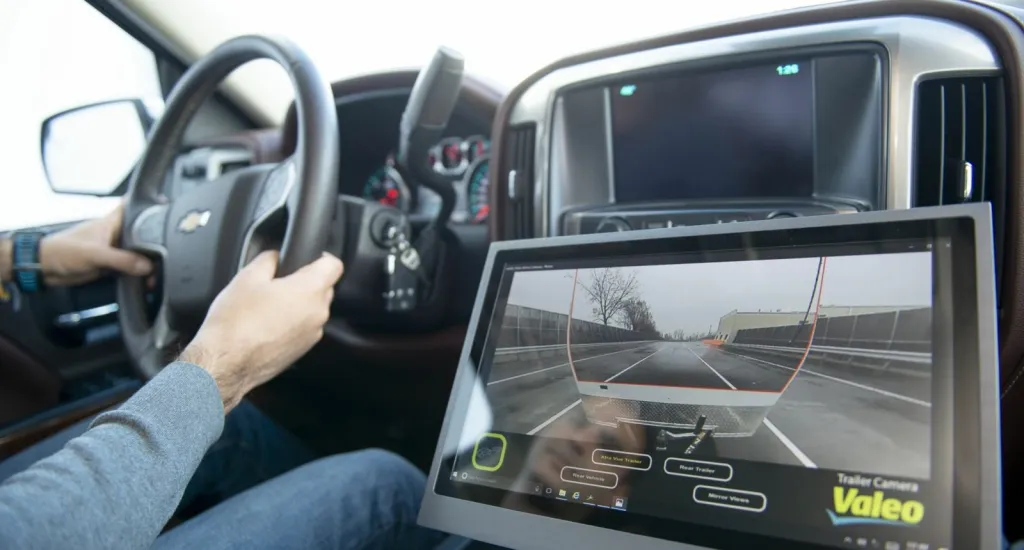In the rapidly evolving world of logistics and transportation, the role of safety and monitoring has never been more critical. As industries rely heavily on fleets of heavy equipment and vehicles for operations, ensuring safety on the road has become a paramount concern. One of the technological advancements that have significantly transformed the approach to fleet safety is the introduction of dash cams. Dash cams, or dashboard cameras, are increasingly being used not only for personal vehicles but also in heavy equipment fleets to enhance monitoring, improve safety, and reduce liabilities. This article explores the multifaceted role of dash cams in monitoring heavy equipment and fleet safety, looking at the benefits, technology, regulatory implications, and challenges associated with their use.
What is a Dash Cam?
A dash cam is a small, fixed camera mounted on the dashboard or windshield of a vehicle, recording continuous footage of the vehicle’s surroundings, including the road and any events that might occur during the vehicle’s operation. The technology has gained popularity due to its potential to provide a valuable record of events that could be crucial in the event of an accident, dispute, or claim. Dash cams are commonly used in private vehicles for insurance purposes, but their use has expanded significantly in commercial fleets and heavy equipment operations in industries like construction, logistics, and mining.
Enhancing Safety with Dash Cams
Safety is a critical concern in any fleet operation, especially when dealing with heavy equipment, which is often large, complex, and capable of causing serious accidents. Dash cams contribute significantly to improving safety in several ways:
1. Real-time Monitoring
One of the primary advantages of dash cams in heavy equipment and fleet operations is the ability to monitor driver behavior and road conditions in real time. With real-time video streaming, fleet managers can observe driver activities, road conditions, and traffic scenarios. This monitoring helps identify potentially hazardous situations, such as aggressive driving, distracted driving, or erratic behavior, enabling timely interventions. Fleet managers can communicate directly with drivers to correct any unsafe behavior before it leads to accidents.
2. Driver Accountability
Dash cams provide an invaluable tool for ensuring that drivers adhere to safety protocols. Drivers who know they are being monitored are more likely to comply with company safety standards, such as speed limits, seatbelt use, and proper handling of the vehicle. The presence of a dash cam can deter unsafe behavior, as drivers are aware that their actions are being recorded, ensuring higher levels of accountability.
3. Accident Prevention and Incident Recording
In high-risk industries, such as construction and logistics, heavy equipment and vehicles are often involved in complex tasks where accidents can occur due to equipment failure, human error, or environmental conditions. Dash cams are designed to capture clear footage of events leading up to an incident, including the behavior of other vehicles or the road conditions. This footage can serve as a critical piece of evidence to understand what happened before, during, and after an accident.
Additionally, dash cams are equipped with features such as event recording, which triggers automatic recording when the camera detects sudden movements, abrupt stops, or collisions. This ensures that critical moments are captured, providing an unbiased account of the incident. Such footage is invaluable when dealing with insurance claims or legal disputes, as it eliminates the possibility of fraudulent claims or false accusations.
4. Monitoring Driver Fatigue
Driver fatigue is a leading cause of accidents in the transportation industry. Long hours on the road, monotonous driving conditions, and physical exhaustion can all contribute to impaired driver performance. Dash cams equipped with advanced features, such as facial recognition and driver monitoring systems, can track signs of fatigue, including drowsiness, frequent blinking, and head tilting. Alerts can be triggered to warn both the driver and fleet manager when signs of fatigue are detected, allowing for timely interventions and rest breaks to ensure the safety of the driver and others on the road.
Data Analytics and Performance Insights
The integration of dash cams with advanced data analytics tools has opened up a new era of fleet management, where not only is safety improved, but also performance is optimized. Dash cams in heavy equipment can provide valuable insights that help companies streamline operations and make data-driven decisions.
1. Driver Behavior Analysis
Dash cams are capable of monitoring and analyzing various aspects of driver behavior, such as speeding, harsh braking, sudden acceleration, and lane deviations. By collecting and analyzing this data, fleet managers can identify patterns and trends in driver behavior, allowing them to address specific issues or provide additional training to drivers. This proactive approach to driver behavior helps reduce the likelihood of accidents and enhances overall fleet safety.
Moreover, data from dash cams can be used to assess whether a driver is adhering to company safety standards. Drivers with poor performance can be identified and provided with feedback, while high-performing drivers can be rewarded. This data-driven approach incentivizes safe driving behaviors and contributes to improved safety outcomes across the fleet.
2. Maintenance and Equipment Health Monitoring
Heavy equipment relies on regular maintenance to operate safely and efficiently. Dash cams can integrate with telematics systems to monitor the health of the equipment, such as tracking engine performance, fuel efficiency, and mechanical issues. By combining dash cam footage with real-time data from the vehicle’s onboard diagnostic systems, fleet managers can proactively address maintenance needs, identify potential issues before they become serious problems, and schedule maintenance accordingly.
This monitoring not only ensures the safety of the equipment but also improves operational efficiency by preventing downtime due to unexpected failures or repairs. Early identification of mechanical issues can reduce repair costs and extend the life of the equipment, resulting in significant savings for companies in the long term.
Legal and Insurance Implications
The role of dash cams in reducing liability risks and facilitating insurance claims is one of the most significant benefits for fleet operators. Dash cams provide an indisputable record of events that can be used as evidence in the event of a dispute, helping to clarify fault in accidents and minimizing the likelihood of fraudulent claims. This has led to reduced insurance premiums for fleets that use dash cams, as insurers recognize the added layer of protection they provide.
1. Dispute Resolution and Legal Protection
In the case of accidents, dash cam footage can be critical in determining the cause and responsibility. Without clear evidence, there may be confusion over who is at fault, leading to legal battles or disputes. Dash cams provide an objective, visual record of the incident, offering clarity and reducing the chances of litigation. In addition, dash cam footage can be used in court to support the company’s case, helping to avoid costly legal fees and potential settlements.
2. Insurance Premium Reduction
Insurance companies have begun to offer discounts to fleets that use dash cams, recognizing the benefits these devices offer in terms of risk reduction. Dash cams can reduce the frequency of accidents and fraudulent claims, resulting in fewer insurance payouts and lower premiums. For fleet operators, this can translate into significant cost savings over time. Moreover, having dash cams installed in vehicles may speed up the claims process, as the footage provides immediate evidence of the incident.
Regulatory Compliance and Industry Standards
In some industries, the use of dash cams has become a necessary tool for ensuring regulatory compliance. Different countries and regions have varying laws and regulations concerning fleet safety and monitoring, and in some cases, dash cams are required as part of the safety protocols.
For example, in the European Union, the use of telematics and dash cams has become more widespread due to the regulations on drivers’ hours, fatigue management, and the need for accurate data on driver behavior. In the United States, the Federal Motor Carrier Safety Administration (FMCSA) has been exploring the integration of dash cams with electronic logging devices (ELDs) as part of efforts to reduce accidents caused by driver fatigue.
By providing real-time data on driver performance, dash cams help companies comply with safety standards and industry regulations. For industries like construction, where equipment often operates in hazardous environments, dash cams can be used to monitor not only the vehicle’s movements but also the surrounding environment, ensuring that safety standards are consistently met.
Challenges and Considerations
While dash cams offer numerous benefits, there are some challenges and considerations that fleet operators must address:
1. Privacy Concerns
The use of dash cams raises privacy issues, especially when recording video and audio of drivers. In some regions, it is required to inform employees that they are being monitored, and fleet operators must ensure they comply with local privacy laws and regulations. Transparency is key, and companies must communicate the purpose of dash cams clearly to their employees and ensure that the data collected is used appropriately and securely.
2. Data Storage and Management
The large amounts of data generated by dash cams can be overwhelming, especially for fleets with hundreds or thousands of vehicles. Proper data storage and management systems are required to ensure that video footage is stored securely and can be easily accessed when needed. Cloud storage solutions have become increasingly popular for managing dash cam data, but they can come with their own set of challenges, such as data security, bandwidth requirements, and costs.
3. Integration with Other Systems
Integrating dash cams with other fleet management systems, such as GPS tracking, telematics, and maintenance management tools, can be complex. It requires a robust IT infrastructure and may involve significant upfront costs. However, the benefits of seamless integration – such as real-time monitoring and comprehensive data analysis – often outweigh the initial investment.
Conclusion
Dash cams have proven to be a game-changer in the world of heavy equipment and fleet safety. From real-time monitoring and driver accountability to accident prevention, performance insights, and legal protection, these devices offer significant advantages for companies looking to improve safety, reduce costs, and streamline operations. As technology continues to evolve, the role of dash cams in fleet management will only grow, with even more advanced features such as AI-powered analytics and automated accident detection. While there are challenges to consider, the benefits of using dash cams in heavy equipment and fleet operations are undeniable, making them a crucial tool for companies committed to safety and efficiency in their operations.


















